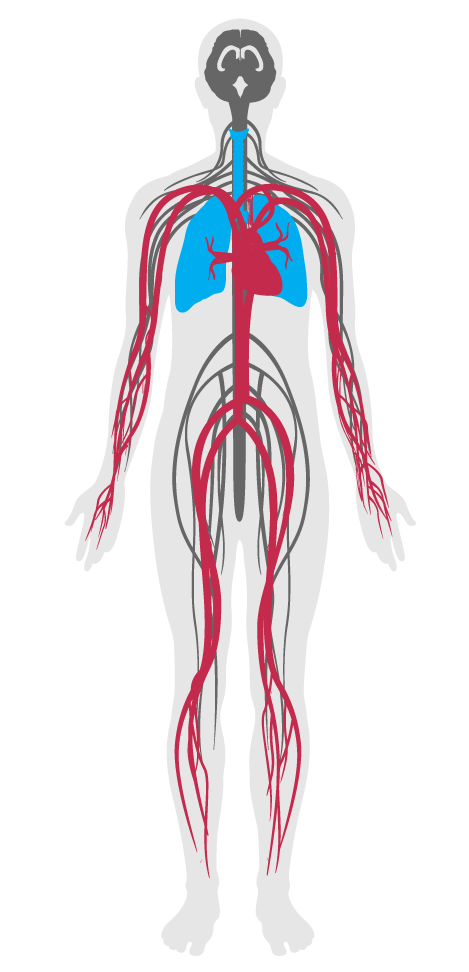Ventilation effectiveness
Features/Air/Feature 03
- 01 Air quality standards
- 02 Smoking ban
- 03 Ventilation effectiveness
- 04 VOC reduction
- 05 Air filtration
- 06 Microbe and mold control
- 07 Construction pollution management
- 08 Healthy entrance
- 09 Cleaning protocol
- 10 Pesticide management
- 11 Fundamental material safety
- 12 Moisture management
- 13 Air flush
- 14 Air infiltration management
- 15 Increased ventilation
- 16 Humidity control
- 17 Direct source ventilation
- 18 Air quality monitoring and feedback
- 19 Operable windows
- 20 Outdoor air systems
- 21 Displacement ventilation
- 22 Pest control
- 23 Advanced air purification
- 24 Combustion minimization
- 25 Toxic material reduction
- 26 Enhanced material safety
- 27 Antimicrobial activity for surfaces
- 28 Cleanable environment
- 29 Cleaning equipment
- P9 Advanced cleaning
Ventilation effectiveness
Intent:
To ensure adequate ventilation and high indoor air quality.
BACKGROUND
Routine indoor activities including cooking, cleaning, building operations and maintenance and even the presence of occupants themselves can degrade air quality. Many indoor pollutants resulting from such activities, including particulate matter and VOCs can cause discomfort and trigger asthma and eye, nose and throat irritation. Because it is difficult to test for every potential pollutant, and because carbon dioxide is easy to detect, carbon dioxide levels serve as a proxy for other indoor pollutants.
One of the following requirements is met for all spaces:
a.6
Ventilation rates comply with all requirements set in ASHRAE 62.1-2013 (Ventilation Rate Procedure or IAQ Procedure).
b.6
Projects comply with all requirements set in any procedure in ASHRAE 62.1-2013 (including the Natural Ventilation Procedure) and demonstrate that ambient air quality within 1.6 km [1 mi] of the building is compliant with either the U.S. EPA's NAAQS or passes the Air Quality Standards feature in the WELL Building Standard for at least 95% of all hours in the previous year.
For all spaces 46.5 m² [500 ft²] or larger with an actual or expected occupant density greater than 25 people per 93 m² [1,000 ft²], one of the following requirements is met:
a.7
A demand controlled ventilation system regulates the ventilation rate of outdoor air to keep carbon dioxide levels in the space below 800 ppm (measured at 1.2-1.8 m [4-6 ft] above the floor).
b.7
Projects that have met the Operable windows feature demonstrate that natural ventilation is sufficient to keep carbon dioxide levels below 800 ppm (measured at 1.2-1.8 m [4-6 ft] above the floor) at maximum intended occupancies.
The following requirements are met:

